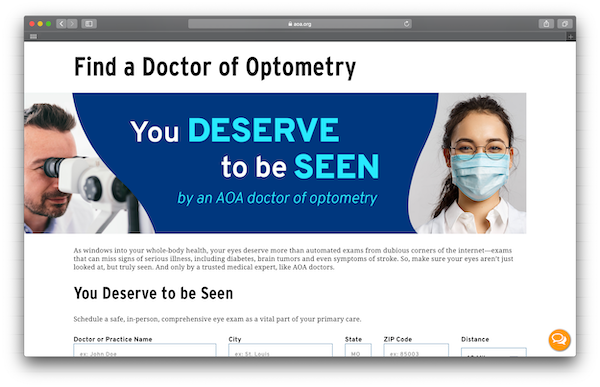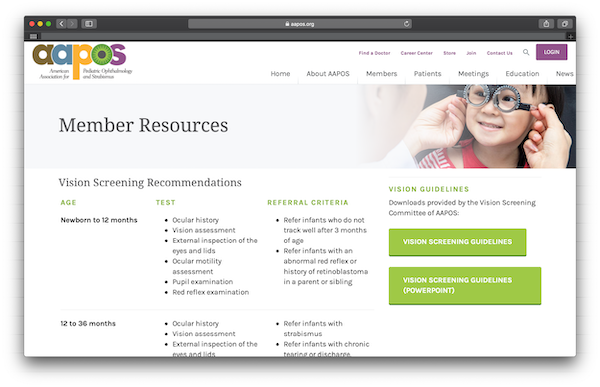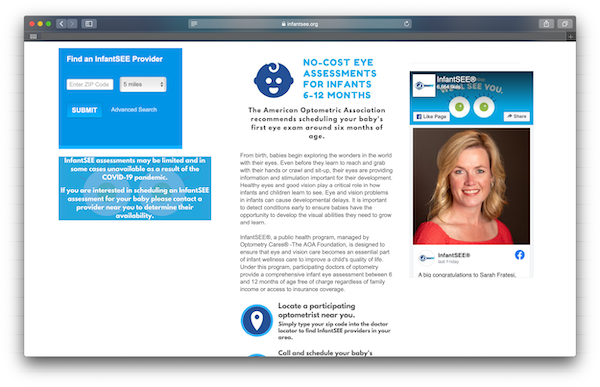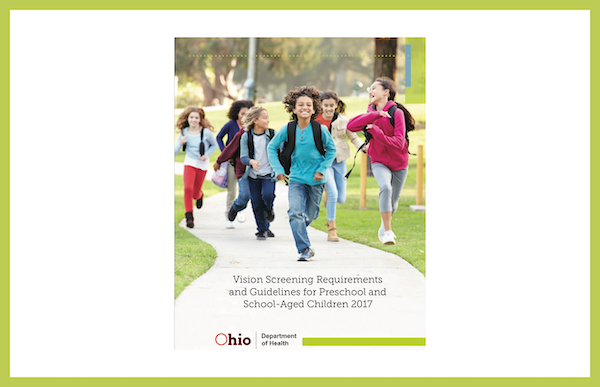Ohio Guidelines for Working with Students who are Blind or Visually Impaired
Identification

Children who are blind or visually impaired can be very diverse. For example, they may:
- Be totally blind or have varying degrees of low vision,
- Have a stable or degenerative visual impairment,
- Be born with a visual impairment or may have acquired a visual impairment later in life,
- Have additional disabilities, including autism, emotional disturbance, intellectual disability, among others, or
- Demonstrate vision-related issues that have an adverse impact on their performance.
Vision screening and eye exams are essential for detecting a visual impairment. A vision screening alone does not indicate the presence of a vision loss. The results may signal a need for more assessments to determine a visual impairment. The information gathered through screening becomes the baseline for what an optometrist or ophthalmologist may address in a follow-up exam. Early detection, diagnosis, and treatment of any degree of vision loss helps improve communication and connection with the world.




